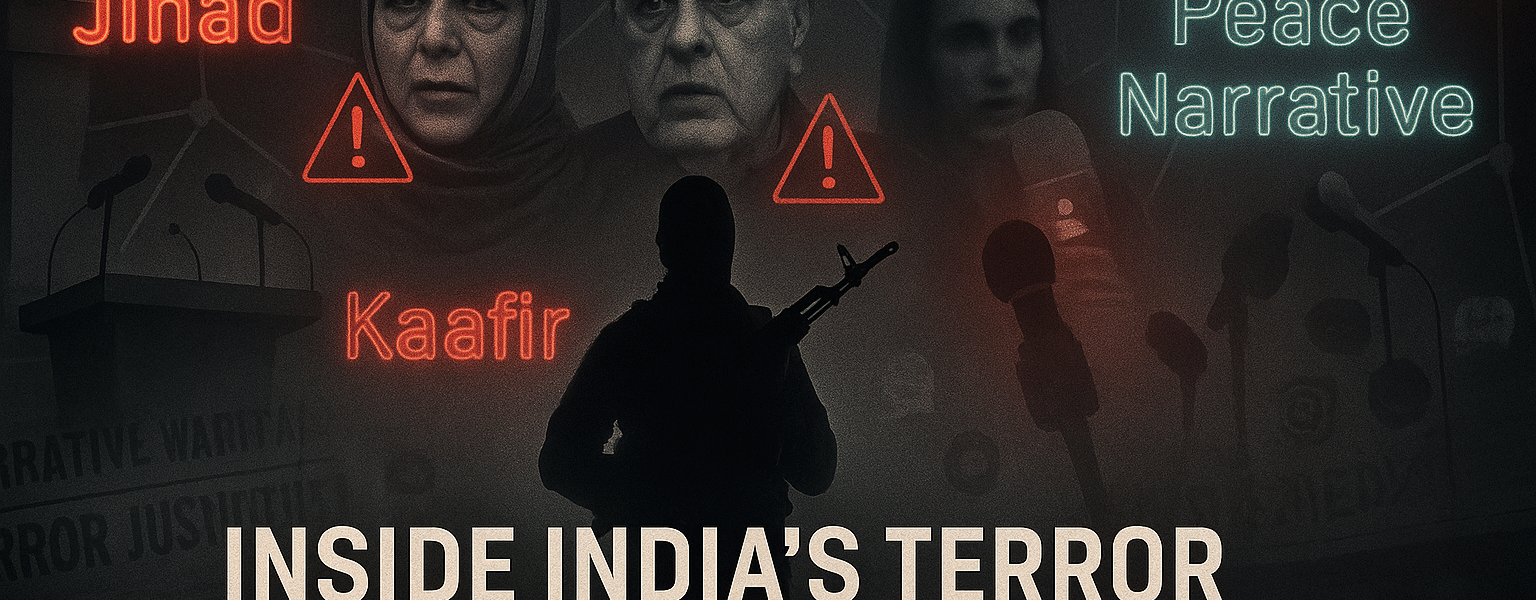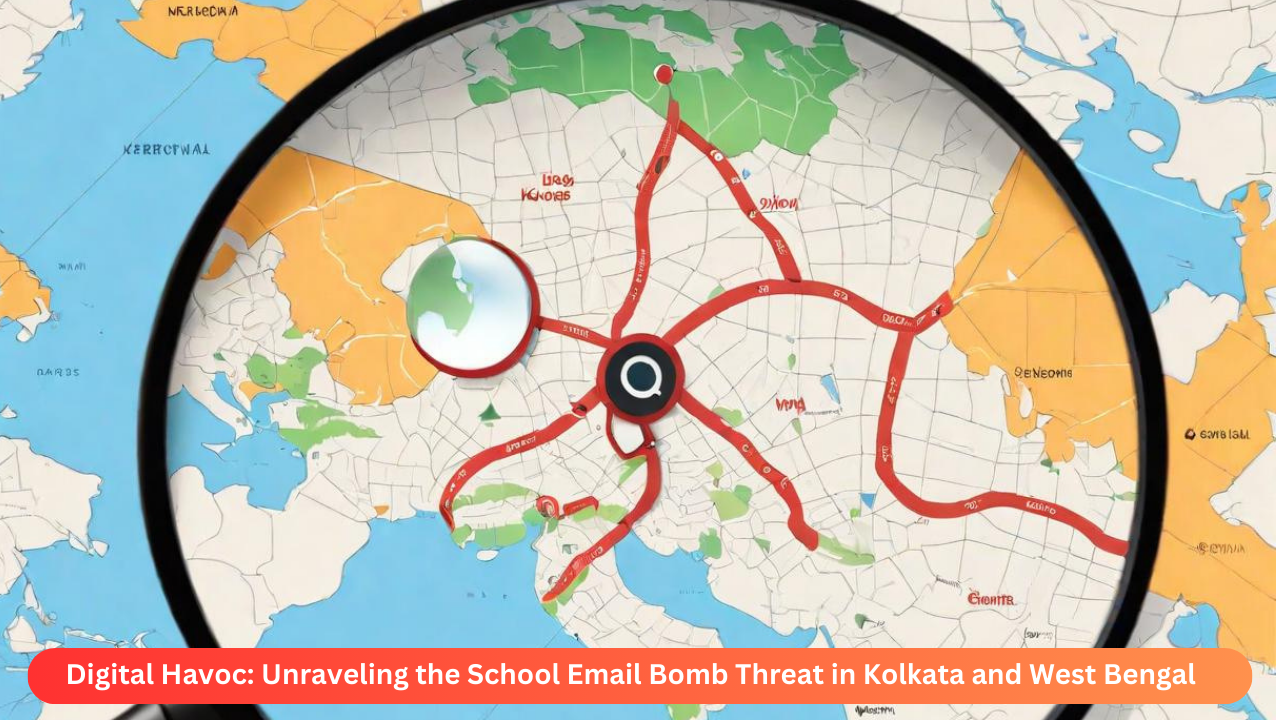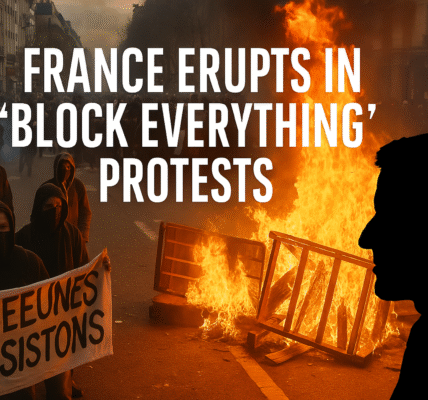Unmasking India Terror Narrative Lobby: How Political Leaders & Influencers Enable Radicalisation Under the Guise of Peace
The Cover-Up Industry: How India Terror Narrative Factories Shield Terror Ecosystems Under the Guise of “Peace”
Introduction: The Invisible Architecture Behind Every Terror Attack
In the immediate aftermath of every terror strike in India—before bodies are identified, before families even process the loss—another, quieter operation begins.
India Terror Narrative operation.
A predictable chorus of political leaders, social influencers, and certain media voices swiftly emerges. Their message is consistent: do not question, do not react, and above all, do not hold anyone accountable. Instead, the public discourse is steered toward emotional manipulation, selective moralising, and linguistic gymnastics that ultimately defend, normalise, or trivialise terrorism.
This cover-up industry, operating under the pretext of “protecting harmony,” has become the most insidious arm of the larger ecosystem that enables radicalisation. And its tools are not guns or explosives—but rhetoric, distortion, and moral intimidation.
Dr Umar Terror Videos Shock India: Inside the Radicalisation Machinery Targeting Educated Muslims
The Post-Terror Playbook: Silence the Public, Redirect the Blame
Across recent terror-related episodes, one pattern stands out:
As soon as a terror incident occurs, an ecosystem activates to pacify outrage and curb accountability.
- First, the public is urged to “avoid blaming any community.”
- Next, the conversation is reframed around victimhood—of the perpetrators’ religion, not the actual victims of violence.
- Finally, leaders warn of “communal disharmony,” a phrase now routinely weaponised to silence legitimate outrage.
This template is not accidental—it is deliberate, strategic, and consistent.
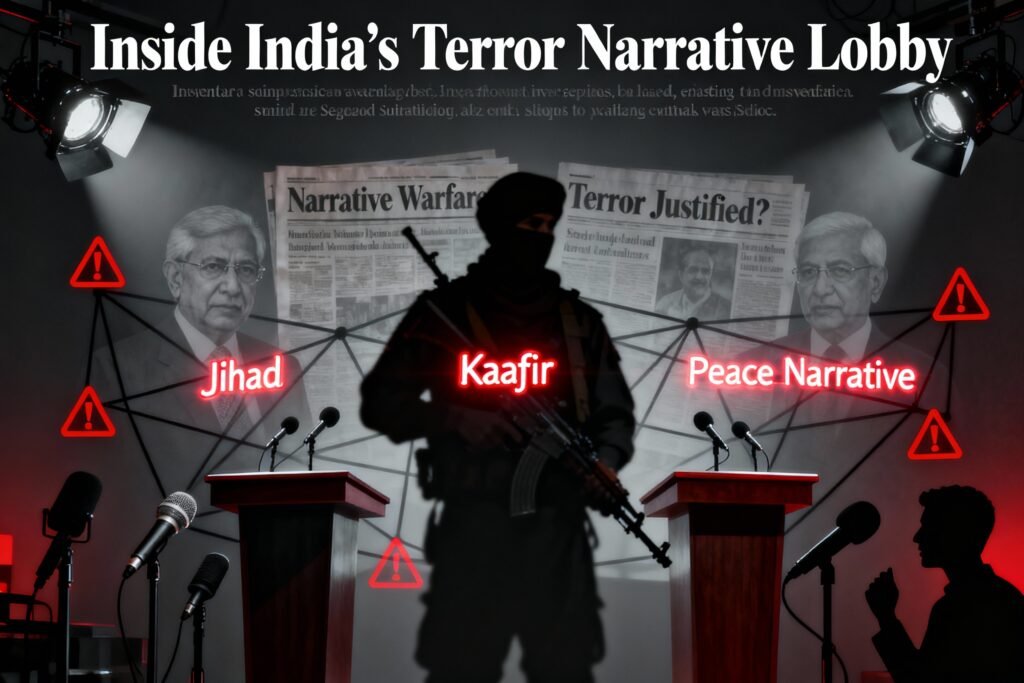
Political Voices: The Rhetoric That Distorts Reality
Mehbooba Mufti (PDP): A Masterclass in India Terror Narrative Inversion
Former J&K CM Mehbooba Mufti has frequently framed anti-terror operations as “reprisals against Kashmiris,” even when those killed were confirmed terrorists. After encounters, she has repeatedly invoked “human rights” and “dignity,” rarely acknowledging the victims of terror who lost their lives.
Her statements—often portraying terrorists as “local boys misled by circumstances”—serve to blur the lines between perpetrator and victim, diluting the moral clarity that counterterrorism requires.
Farooq Abdullah (National Conference): The Politics of Appeasement
Farooq Abdullah has long advocated dialogue even with groups openly waging violent jihad. His repeated insistence that Pakistan is a “stakeholder” in Kashmir or his comments that terrorism is a “reaction to injustice” reduce acts of cold-blooded violence to a political tantrum.
This legitimises terrorist motivations, framing them as grievances rather than premeditated ideological acts.
Congress Leaders: Selective Outrage and the Shield of Secularism
Certain Congress leaders—particularly those relying on minority vote consolidation—frequently amplify India Terror Narratives that downplay radicalisation. Public statements emphasising “Islamophobia” after terror incidents paradoxically shift the spotlight away from the victims and toward the identities of perpetrators.
This calculated linguistic realignment creates a victim shield that radical elements exploit.
Influencers and Media Personalities: The New Propaganda Engines
Sayma – The “Soft Power” Narrative Warrior
Radio jockey and influencer Sayma has repeatedly used social media platforms to propagate emotionally charged, guilt-inducing messages after terror incidents. Her pattern typically includes:
- portraying the community as collectively under threat,
- equating counterterror operations with persecution, and
- shifting discussions from terrorism to communal victimhood.
This emotional manipulation exploits her vast listener base, reinforcing a perception that any scrutiny of radicalisation is an attack on the entire Muslim community—a false equivalence that benefits only extremist elements.
The Linguistic Manipulation: Redefining “Jihad” and “Kaafir” for Public Consumption
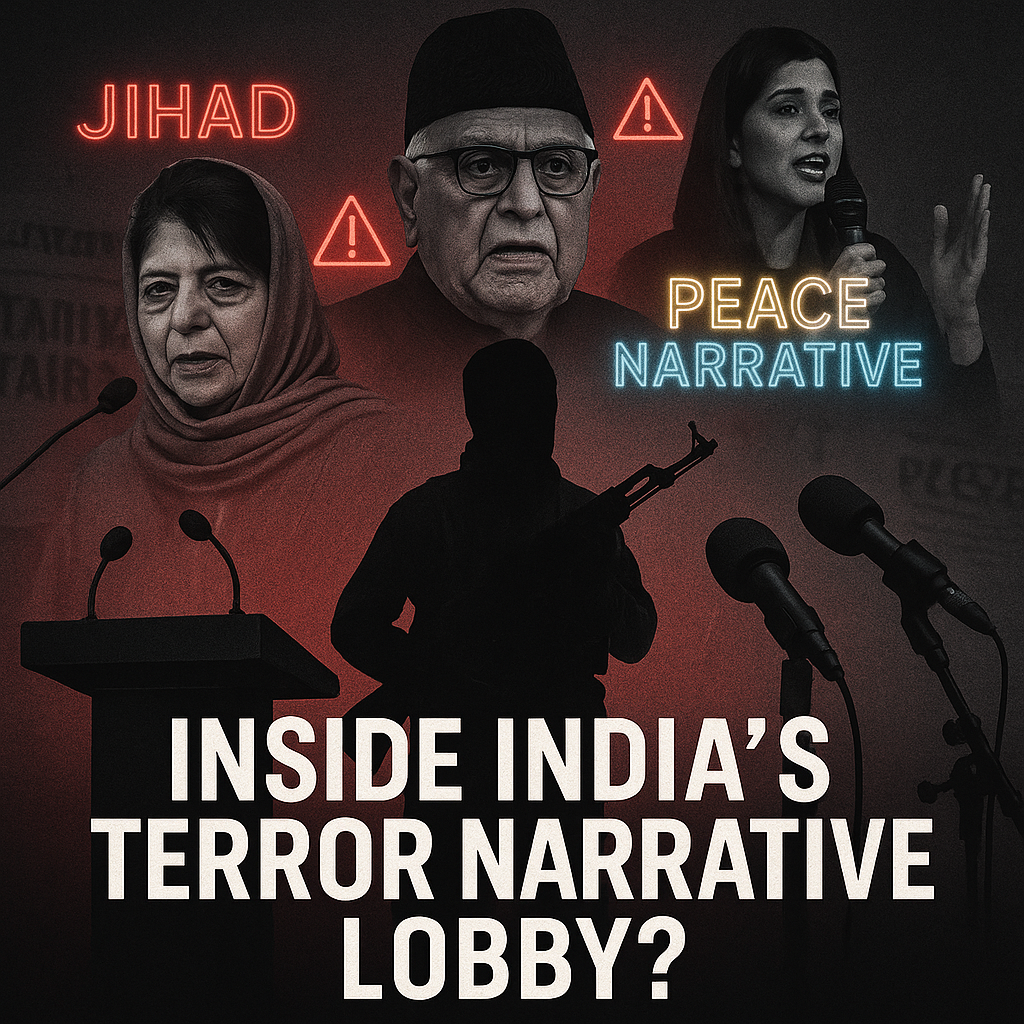
A recurring tactic among these India Terror Narrative engineers is the reinterpretation of religious terminology to confuse, pacify, or silence discourse.
“Jihad” – From Violent Struggle to Self-Help Slogan
While classical Islamic jurisprudence clearly defines “jihad” in multiple forms, including armed struggle, narrative peddlers often insist it “only means inner struggle.” This selective, partial interpretation:
- infantilises the public,
- denies the existence of jihadist ideology,
- and delegitimises concerns about radicalisation.
Extremist groups, however, use the traditional definition. The reinterpretation benefits only those seeking to obscure that reality.
“Kaafir” – A Word Sanitised for Public Relations
Attempts to portray “kaafir” simply as “a non-believer” without acknowledging its derogatory and exclusionary interpretations within militant Islamist ecosystems are another rhetorical tactic aimed at preventing wider scrutiny.
This sanitisation reduces public understanding of the worldview that fuels extremist violence globally.
How These India Terror Narratives Enable Radicalisation
This orchestrated ecosystem does not directly pick up weapons—it creates the intellectual environment in which weapons become justified.
By:
- rationalising violent acts as reactions,
- reframing terrorists as “misunderstood youths,”
- warning against public backlash,
- and invoking selective morality,
These influencers and leaders function as white-collar enablers who help maintain the ideological oxygen that radical groups rely on.
Their words create confusion, guilt, and intimidation, ensuring the public remains hesitant to call out extremism for what it is.
The Consequence: A Society Conditioned to Accept Terror as “Inevitable”
When political figures, media personalities, and influencers consistently downplay terrorism, the result is a nation conditioned to accept periodic violence as “normal.”
The psychological impact is devastating:
- Victims are forgotten.
- Perpetrators gain sympathy.
- Radical elements feel emboldened.
- Authorities operate under moral pressure.
- Society grows fearful of speaking the truth.
This culture of passivity becomes the breeding ground for future attacks.
The Real Crisis: Not Just Terrorists, But Their Defenders
India’s fight is not merely against those who pull triggers or plant bombs—it is against those who use language, emotional manipulation, and political posturing to shield them.
The white-collar enablers of extremist ecosystems pose the gravest long-term threat because they:
- influence millions,
- Reshape India Terror Narrative
- and delegitimise counterterror efforts.
Conclusion: The Questions India Must Finally Ask
As terror networks grow more sophisticated, so too does the cover-up machinery that protects them.
India must now confront uncomfortable truths:
- Who benefits from diluting the fear of terrorism?
- Why do certain political figures repeatedly defend or rationalise extremist behaviour?
- How does an India Terror Narrative of “don’t react” indirectly empower radical elements?
- Why are public influencers allowed to distort terminology central to global jihadist ideology?
- Will India ever address the ecosystem that justifies terror under the guise of secularism or victimhood?
For India to truly secure itself, identifying the perpetrator is not enough. Identifying the defender is now equally urgent.
The time has come to expose and track these white-collar gatekeepers, who masquerade as community leaders, intellectuals, entertainers, or activists—but whose rhetoric forms the silent backbone of the terror ecosystem.
Only by dismantling this India Terror Narrative industry can India prevent the next attack—not just on its people, but on its collective conscience.
India Terror Narrative, Anti-India lobby, Radicalisation ecosystem, Terror cover-up industry, Jihad reinterpretation, White-collar enablers terrorism, Mehbooba Mufti terrorism remarks, Farooq Abdullah statements, Sayma influencer controversy, Kashmir terror politics, Islamist radicalisation India, Terrorism appeasement narrative, India Terror Narrative
#IndiaNews #InvestigativeReport #BreakingAnalysis #Editorial
Discover more from
Subscribe to get the latest posts sent to your email.

